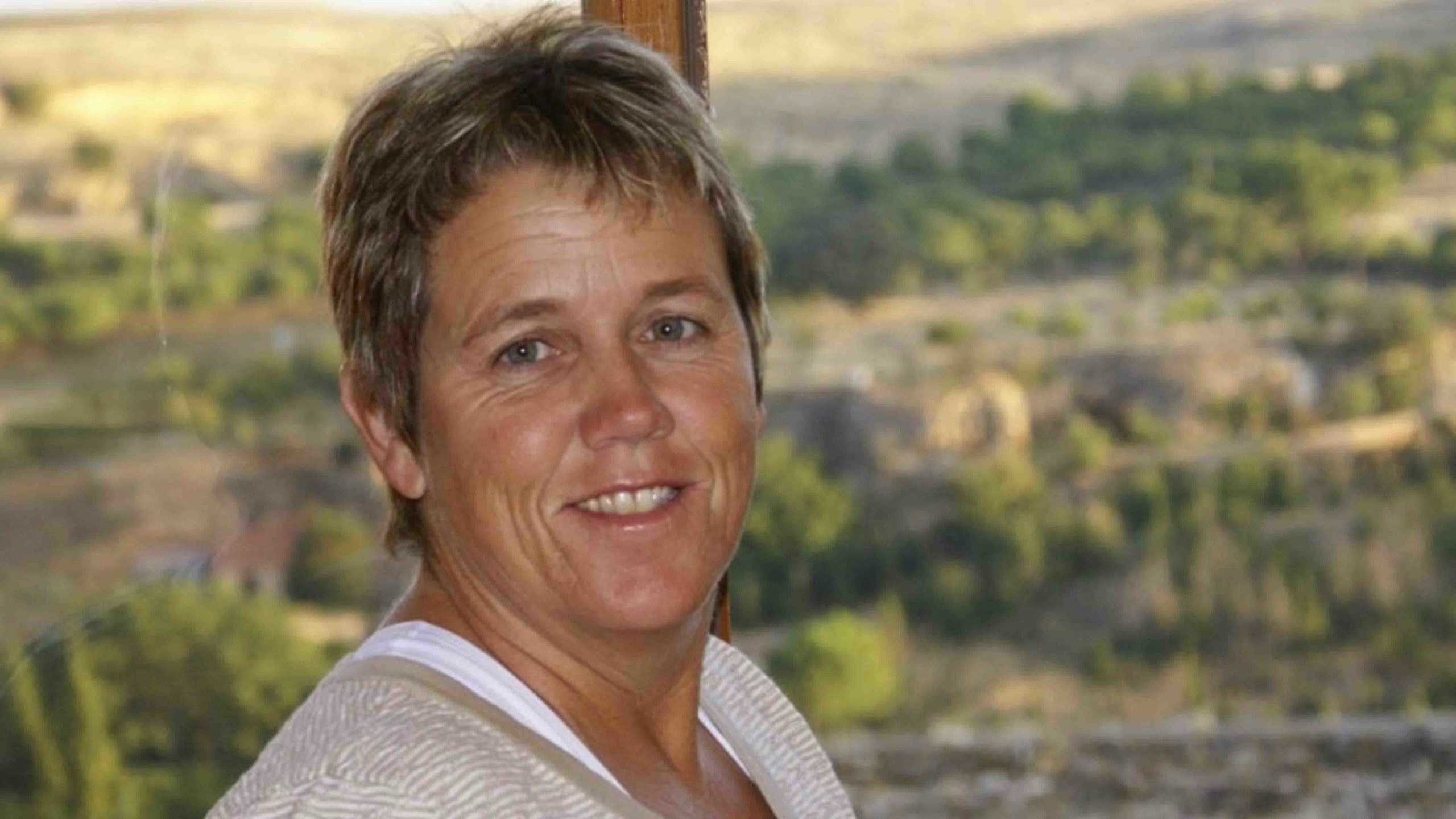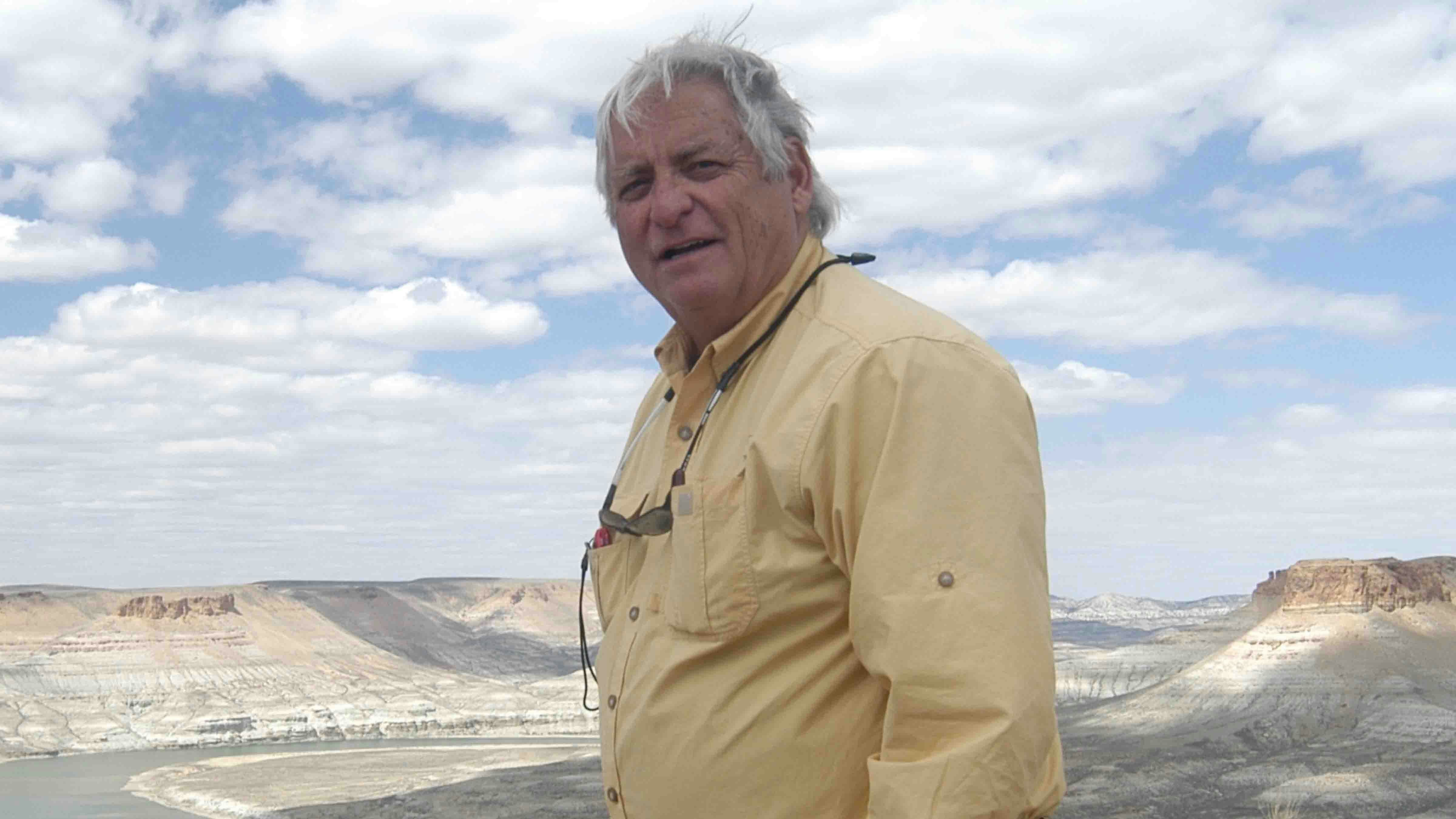The Biden administration’s desire to conserve at least 30 percent of the nation’s lands and waters by 2030 is advanced by a “bold and science-based rewilding of publicly owned federal lands” through the creation of a network of “11 large reserves spanning the American West” where “rewilding” would take place, according to an opinion piece published by a group of activist scientists.
The first step in this Western Rewilding Network would be getting rid of livestock grazing on federal land in these reserves, followed by restoring fully federally protected gray wolf populations, and then reintroducing beaver populations.
If it sounds like this proposal could have been written by the Center For Biological Diversity or another radical environmental group, there’s a reason for that. Stay with me.
The “Rewilding the American West” piece was published in the journal BioScience, but there is no mistaking it for anything other than activism. While the primary author is Oregon State University’s William Ripple (read about him here), ranchers in the American West should take note of his co-authors, including Mike Phillips. Phillips, of the Turner Endangered Species Fund, recently served on the Colorado wolf reintroduction technical working group. When at least one member of the technical advisory team wants livestock gone from public lands, why should ranchers have any faith that his recommendations on the technical team aren’t made in pursuance of that agenda?
Another of the co-authors has been writing about his disdain for public lands livestock grazing for decades – since back in the days he penned essays in the journal published by the radical environmental group Earth First! Some 25 years ago, George Wuerthner wrote of his “dream of a West that is largely given over to native species and governed by natural forces to the greatest extent possible, where much of the landscape is truly self-willed.”
That’s what rewilding is all about. “Re” plus “wild” – as in returning land to some imagined previous state or condition. Another one of those early Earth First! essayists, and indeed one of the founders of the rewilding movement, is another co-author on the new rewilding paper: Reed Noss.
Rewilding the American West’s authors used data on current wolf range and distribution, as well as potential core wolf habitat mapping provided to them by the Center For Biological Diversity. The authors thanked a number of people for conducting reviews of the manuscript or providing information and support for the project, including by Josh Osher of the anti-grazing group Western Watersheds Project and activist journalist Christopher Ketcham, author of “This Land: How Cowboys, Capitalism, and Corruption are Ruining the American West.”
To fully understand the history of this rewilding proposal, look to the acknowledgments, where it is dedicated to the lifetime work of the late Michael Soulé.
In a 1998 essay, Soulé and Reed Noss (another co-author in the new rewilding piece who was a prolific writer with Earth First! decades ago) wrote the pivotal “Rewilding and Biodiversity: Complementary Goals for Continental Conservation,” which proposed “restoring big wilderness based on the regulatory roles of large predators.” This rewilding would incorporate the 3Cs: Cores (large, strictly protected, core reserves), Connectivity, and Carnivores. All three components are now being promoted throughout American West.
In their essay, Soulé and Noss dismissed concerns about human socioeconomics in the region with: “A conservation plan cannot give equal weight to biocentric and socioeconomic goals, or the former will never be realized. Biology has to be the ‘bottom line.’”
Soulé was one of the founders of the rewilding organization Wildlands Project (now known as the Wildlands Network) back in the early 1990s. At the time Soulé and Noss published their rewilding essay in 1998, the Wildlands Project was already “drafting a blueprint/or an interconnected, continental- scale system of protected wildlands, linked by habitat corridors.”
Ten years prior to that, Noss was a writer in the journal for “No compromise in the defense of Mother Earth!” complaining in Earth First! about “welfare ranchers” blocking wolf reintroduction into Yellowstone National Park. In fact, the core platform of Earth First! was a national system of ecological preserves, according to the first EF! journal published in 1980. “Within each preserve the developments of man will be obliterated and the area will be returned to nature. Each preserve will be large enough to function as a complete ecosystem with all known components reintroduced where applicable (bison, wolf, grizzly, etc.).”
The Sagebrush Sea
This latest rewilding proposal is just one proposal being put forth by activists who want large swaths of public lands set aside as reserves, with other uses limited or restricted. Another proposal submitted to the Bureau of Land Management this spring would set aside the “sagebrush sea” for Greater Sage-Grouse, through the creation of “Sagebrush Sea Reserve Areas of Critical Environmental Concern.” This network of ACECs would be designed to ensure that sage grouse have priority over any other land uses. This proposal is probably a long shot, but this is the first time that the BLM has a national director, Tracy Stone-Manning, who has a history associated with Earth First! as well.
Here’s how the two proposals look on a map, first of the American West, followed by a closeup of Wyoming:


All That’s Missing
What’s missing from these proposals? The needs of local human communities, and consideration of the human costs of rewilding in terms of local economic and social impacts. Also missing is a recognition that rewilding involves a high level of risk, including the cascading effects from eliminating public lands grazing, such as dire economic consequences to the private ranches associated with those grazing permits, which could cause a drastic escalation of development of private ranchlands, which are often situated on vital riparian corridors.
If rewilding were to shift a multiple-use economy toward exclusive reliance on tourism, recreation, and eco-tourism, it may result in furthering economic difficulties for families in a region already experiencing a crisis in affordable housing for the working class. Local economies would be based on service to visitors.
Both of these proposals are examples of “fortress conservation” in which lands are set aside as protected areas to function in isolation from human disturbance. Such a designation would result in reduced opportunities for local production of food and fiber, and for the collection of firewood for warming our homes, and for building materials. For the ranches that would remain, increased livestock depredation and damage to crops and other private property would be expected.
Rather than shared ranges with multiple uses, fortress conservation proposes to sever our collective cultural heritage in the American West, to exclude us from the land, for the sake of someone’s version of “wild.” Rewilding should be rejected for the radically unwise proposal that it is.
There are other ways to achieve the goals of 30×30, and those focus on collaboration, keeping our human connection to the land, and working together to become better stewards. Now that’s a wild proposal.





